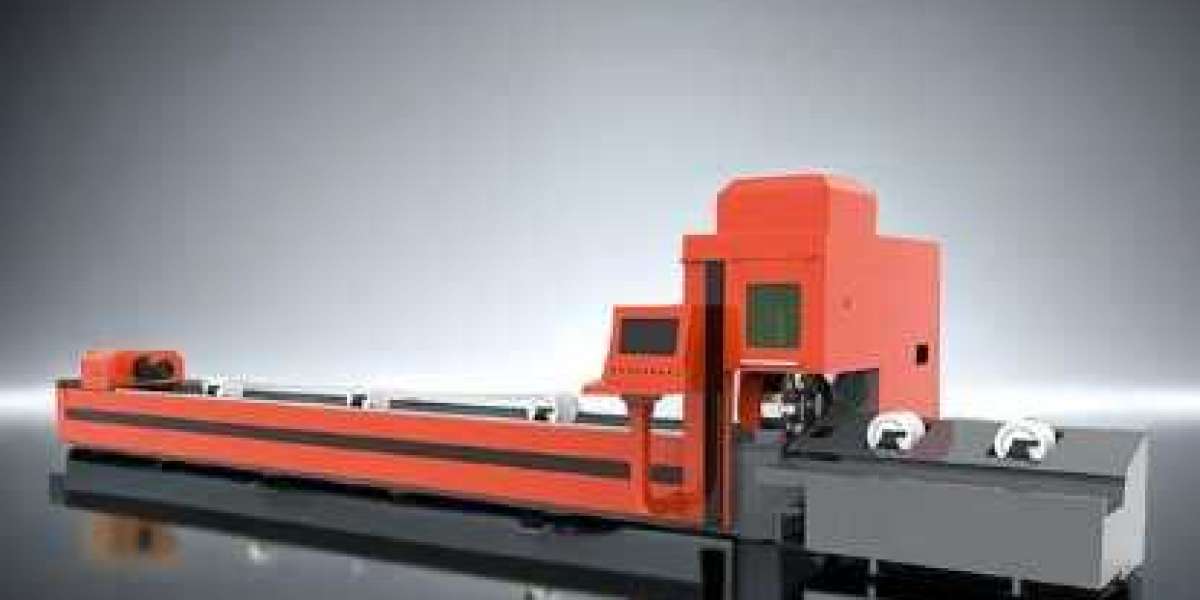The Distributed Fiber Optic Sensor Market: Enhancing Monitoring and Control Across Industries
Introduction:
The Distributed Fiber Optic Sensor (DFOS) market is experiencing significant growth as industries seek advanced solutions for real-time monitoring and control. DFOS technology utilizes optical fibers as sensors to measure various parameters, such as temperature, strain, and pressure, over long distances. This article explores the current state of the Distributed Fiber Optic Sensor market, key drivers, trends, and future outlook.
Market Overview:
Distributed Fiber Optic Sensors are used for continuous, real-time monitoring of physical conditions along the entire length of an optical fiber. These sensors are valued for their high sensitivity, wide coverage, and ability to operate in harsh environments. They find applications in a range of industries, including oil and gas, civil engineering, power and utilities, and transportation.
Key Market Drivers:
- Increasing Demand for Infrastructure Monitoring:
- The growing need for structural health monitoring of critical infrastructure, such as bridges, tunnels, dams, and pipelines, is a major driver for the DFOS market. DFOS provides early detection of potential issues, enabling proactive maintenance and ensuring safety.
- Advancements in Optical Fiber Technology:
- Continuous advancements in optical fiber technology, including improved sensitivity and durability, are enhancing the performance of DFOS systems. These advancements are expanding the range of applications and improving measurement accuracy.
- Emphasis on Safety and Security:
- Industries such as oil and gas, and power and utilities are increasingly focusing on safety and security. DFOS systems offer real-time monitoring and early warning capabilities, helping prevent accidents and mitigate risks.
- Adoption of Smart Grid and IoT Technologies:
- The integration of DFOS with smart grid and Internet of Things (IoT) technologies is driving the market. DFOS enables comprehensive monitoring and control, providing valuable data for optimizing performance and efficiency.
Trends Shaping the Market:
- Expansion in Oil and Gas Sector:
- The oil and gas sector is a significant adopter of DFOS technology. Applications include monitoring pipelines, wells, and offshore platforms for temperature changes, leak detection, and structural integrity. DFOS helps in enhancing operational safety and efficiency in this industry.
- Civil Engineering and Infrastructure Projects:
- DFOS is increasingly used in civil engineering for monitoring large-scale infrastructure projects. The technology provides real-time data on structural health, helping engineers manage maintenance and extend the lifespan of assets.
- Environmental Monitoring:
- DFOS technology is gaining traction in environmental monitoring applications, such as landslide detection, flood monitoring, and groundwater assessment. The ability to monitor large areas in real-time makes DFOS a valuable tool for environmental management.
- Innovation in Sensor Technologies:
- Innovations in sensor technologies, including the development of hybrid sensors and enhanced data processing algorithms, are improving the capabilities of DFOS systems. These innovations are leading to more accurate and reliable monitoring solutions.
Future Outlook:
The future of the Distributed Fiber Optic Sensor market looks promising, with robust growth expected as industries continue to adopt advanced monitoring technologies. Key developments will focus on enhancing the sensitivity, accuracy, and durability of DFOS systems.
The integration of artificial intelligence (AI) and machine learning (ML) will further enhance the capabilities of DFOS, enabling advanced data analysis and predictive maintenance. These technologies will help in early detection of anomalies, reducing downtime and maintenance costs.
Emerging markets, particularly in Asia-Pacific and Latin America, present significant growth opportunities due to rapid industrialization and infrastructure development. As these regions invest in modernizing their infrastructure and adopting smart technologies, the demand for DFOS is expected to rise, contributing to market expansion.
Conclusion:
The Distributed Fiber Optic Sensor market is set for significant growth, driven by the increasing need for real-time monitoring and control across various industries. With advancements in optical fiber technology, integration with smart grid and IoT, and growing applications in infrastructure and environmental monitoring, DFOS is becoming a critical component of modern monitoring systems. As industries continue to prioritize safety, efficiency, and sustainability, DFOS will play a crucial role in enhancing operational performance and ensuring the integrity of critical assets.








